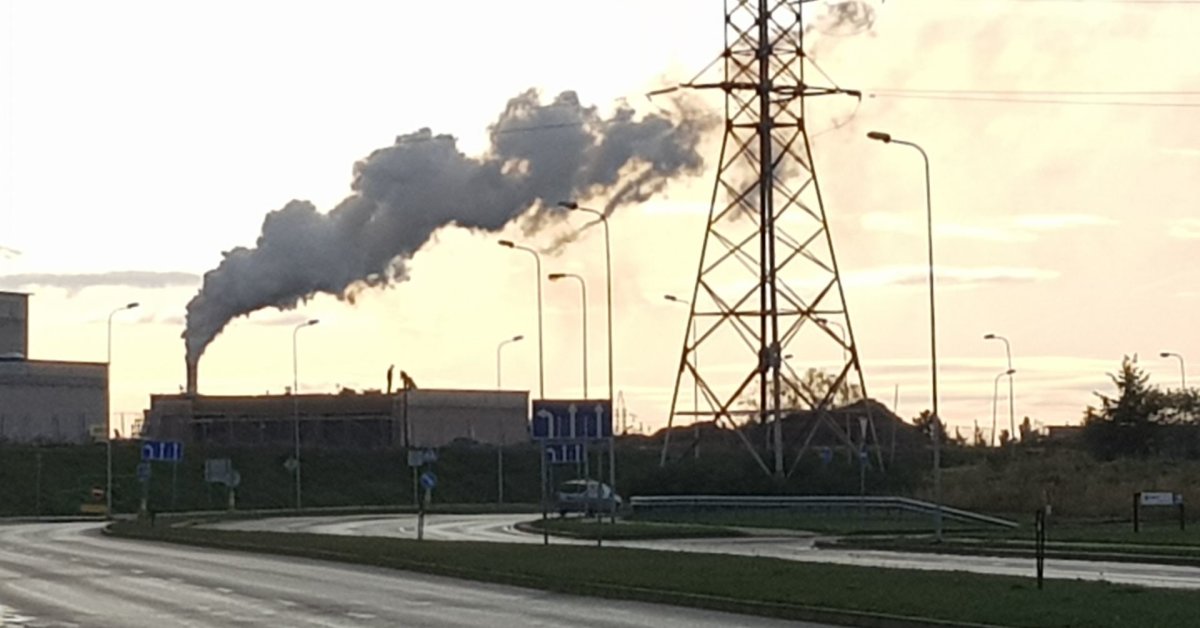
[ad_1]
Almost all Environmental Protection Agency air quality monitoring stations report very high concentrations of particulate matter. Except at Dzūkija station, near Dubininkai, where very low pollution is indicated.
The Klaipėda station, Šilutė highway, has very high pollution, and the other, next to the old town, high.
Both the four from Vilnius and the two from Kaunas show very high levels of contamination.
On Friday evening, the Vilnius City Council warned residents of the capital to restrict their stay outdoors in the coming days through the Population Alert and Information System (GPIS).
According to the information released, from October 2 to 4, the concentration of particulate material in ambient air will remain high, so residents are asked to avoid active physical activity, limit their presence outdoors and not burn waste .
If they feel unwell, residents are urged to seek medical attention immediately.
Recommendations of the National Center of Public Health (NVSC) to the population:
- for patients with chronic diseases (such as asthma, heart or lung diseases) we recommend that you stay home and monitor your health;
- for those who work and play sports, we offer to limit physical activity outdoors, be in places away from busy streets, other sources of ambient air pollution;
- for work or other reasons, we recommend the use of respiratory protection for prolonged use in contaminated areas;
- we recommend everyone to forgo private cars and use public transport;
- do not create fires or burn waste in gardens and suburbs; avoid heating the premises with solid fuel appliances;
- If you feel unwell, see a doctor immediately.
Effects of particulate matter on human health
Particulate matter is a mixture of airborne particles and liquid droplets, which can contain various components: acids, sulfates, nitrates, organic compounds, metals, soil particles, dust, soot, biological components (allergens, microorganisms). Larger particulate matter (PM 10) generally affects the upper respiratory tract, travels to the bronchi, generally causes coughing and sneezing, and small particles (PM 2.5) enter the lungs, blood, and can affect not only the respiratory system but also the circulatory. function of internal organs, complicates the course of chronic diseases.
Due to their complex chemical and physical composition, particulate matter can also cause specific health effects specific to the specific substance they contain. For example, due to the polyaromatic carbohydrates in soot, PM 2.5 soot is toxic and carcinogenic. Scientific sources indicate that on days when the concentration of particulate matter in the air increases, mortality increases.
More detailed data on air quality surveys can be found on the website of the Environmental Protection Agency. “Air quality indicators”.
[ad_2]